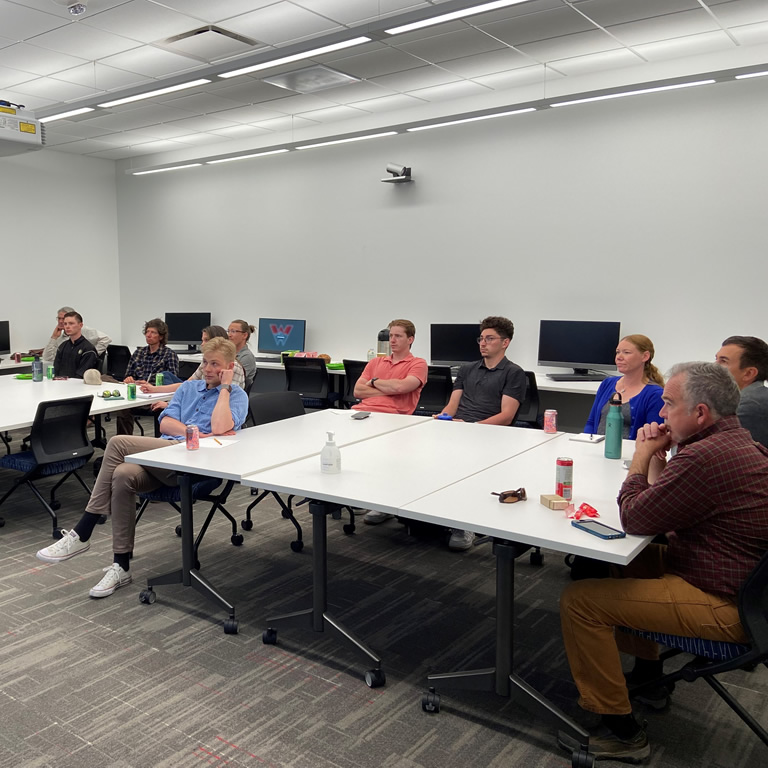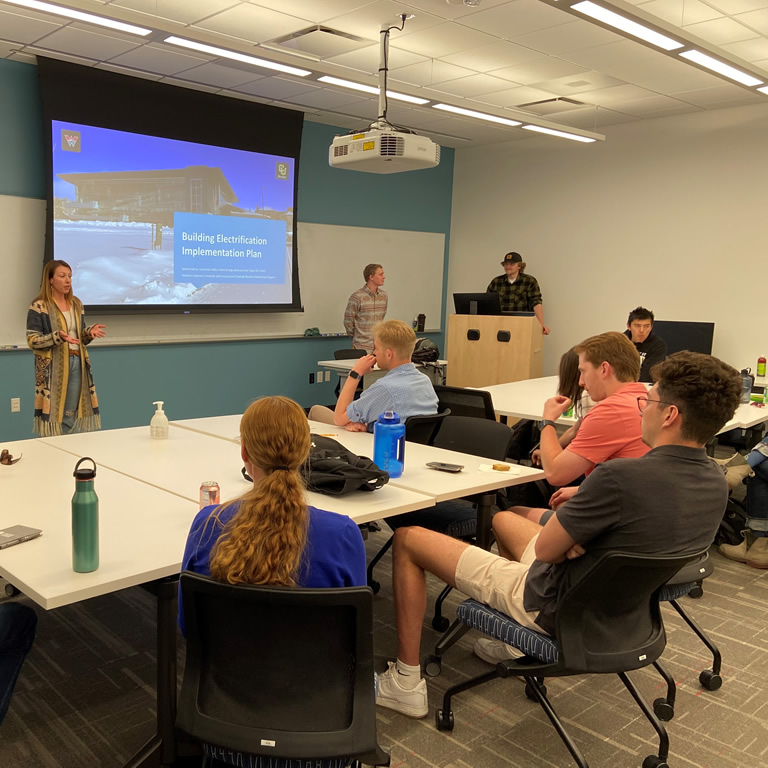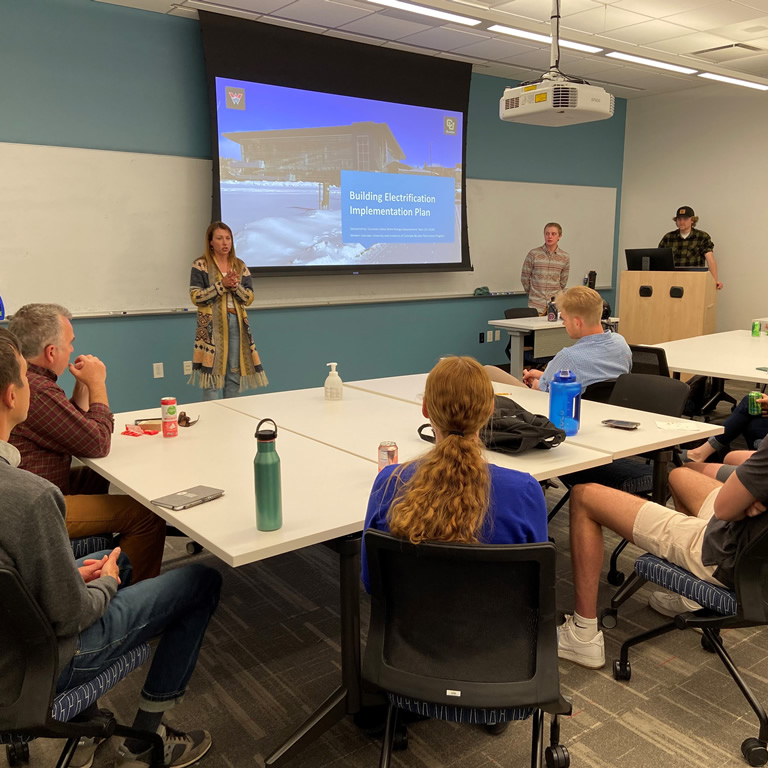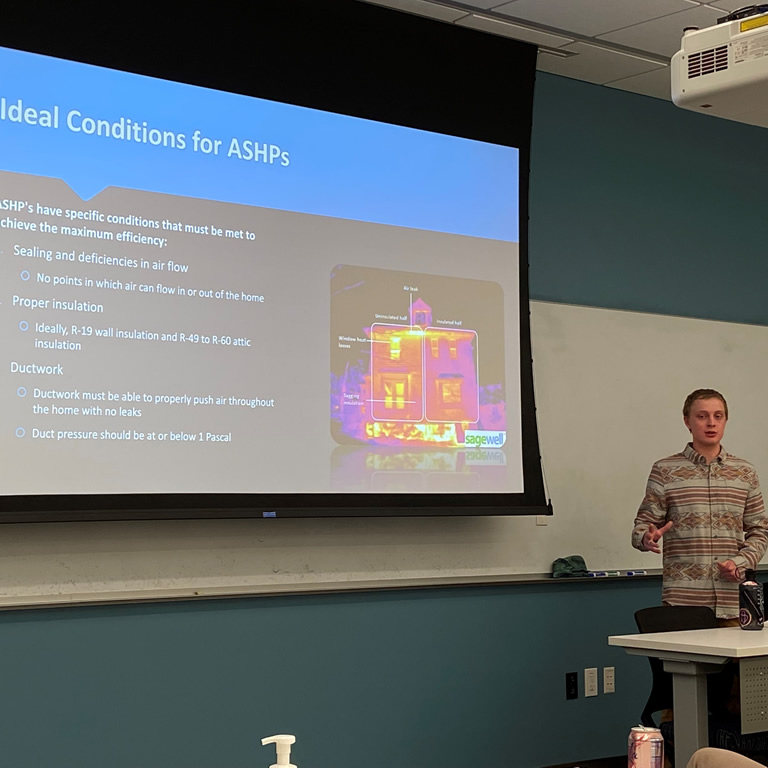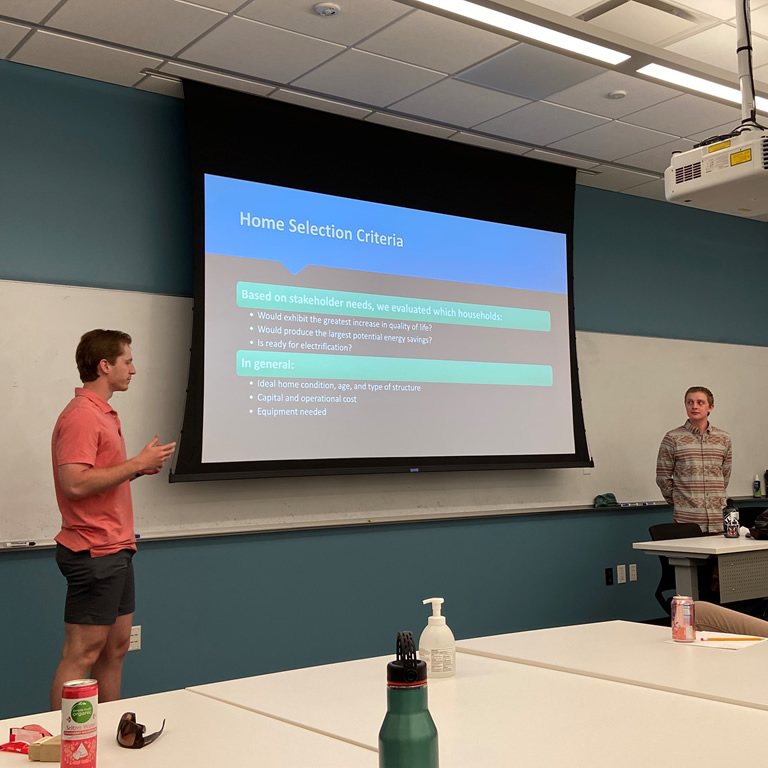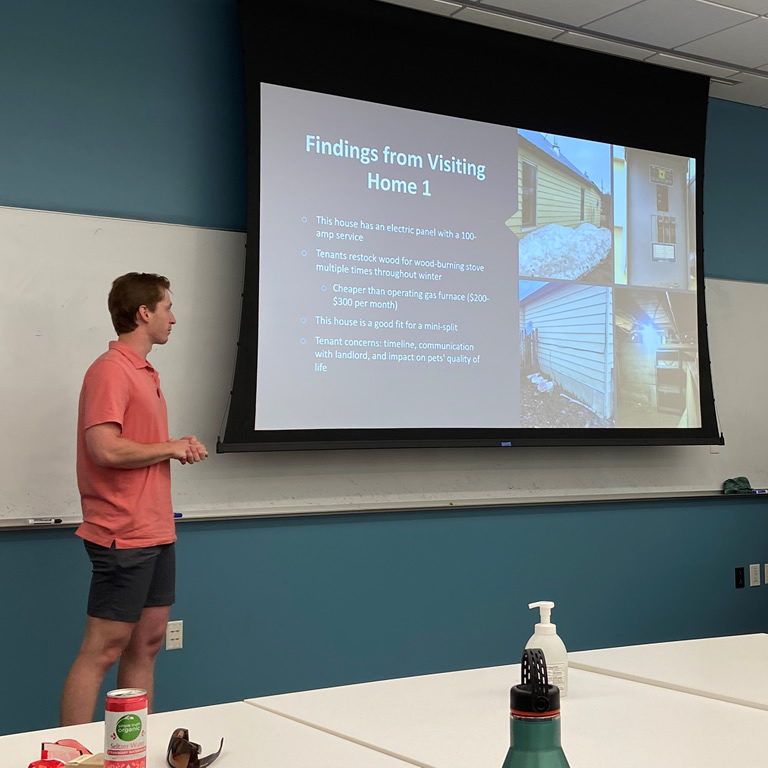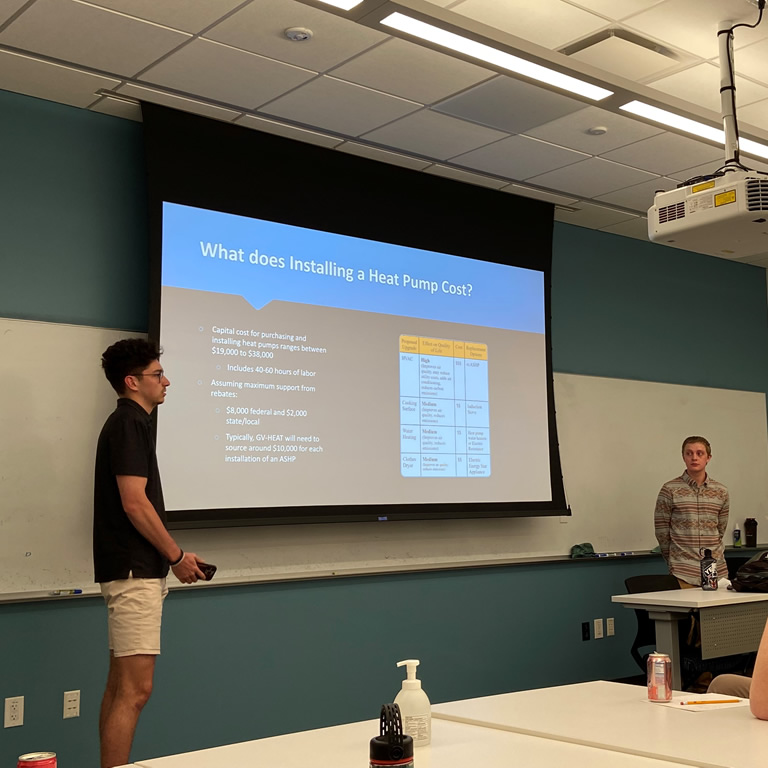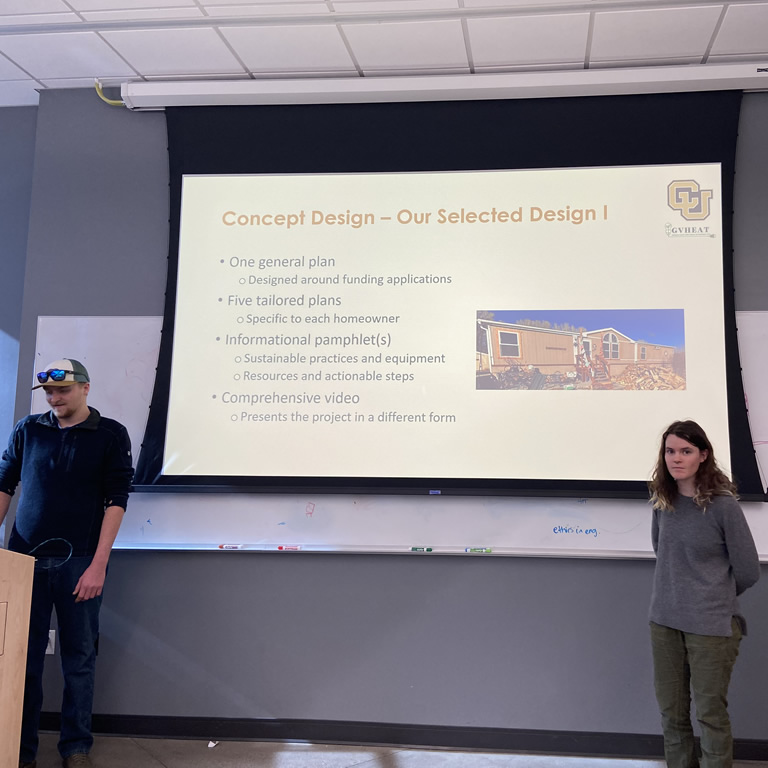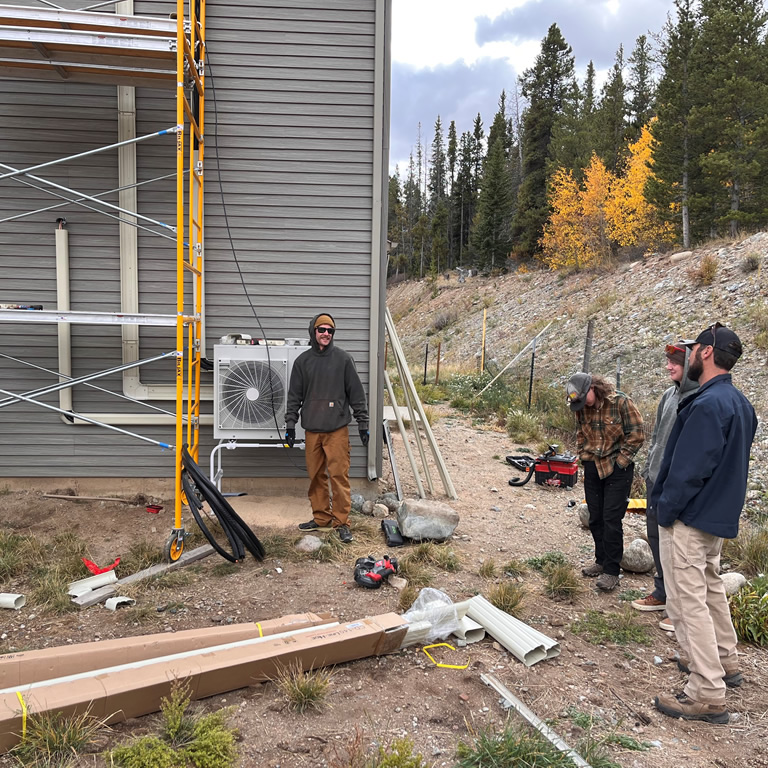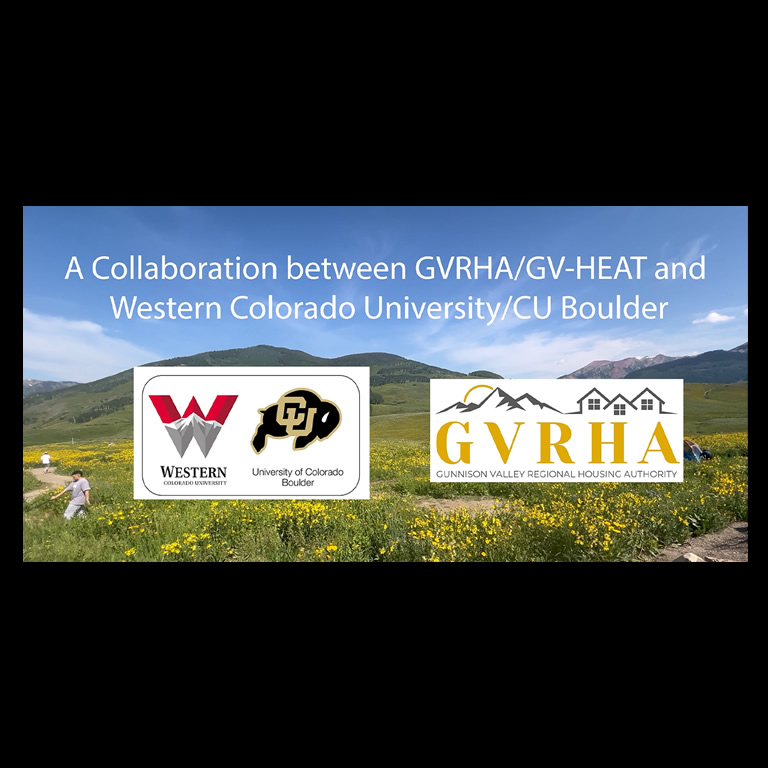
Collaboration Between GV-HEAT, GVRHA & WCU/CU Boulder

Electrifying Gunnison: A Step By Step Implementation Plan

Analysis of Outreach Methods

Building Electrification & Implementation Plan
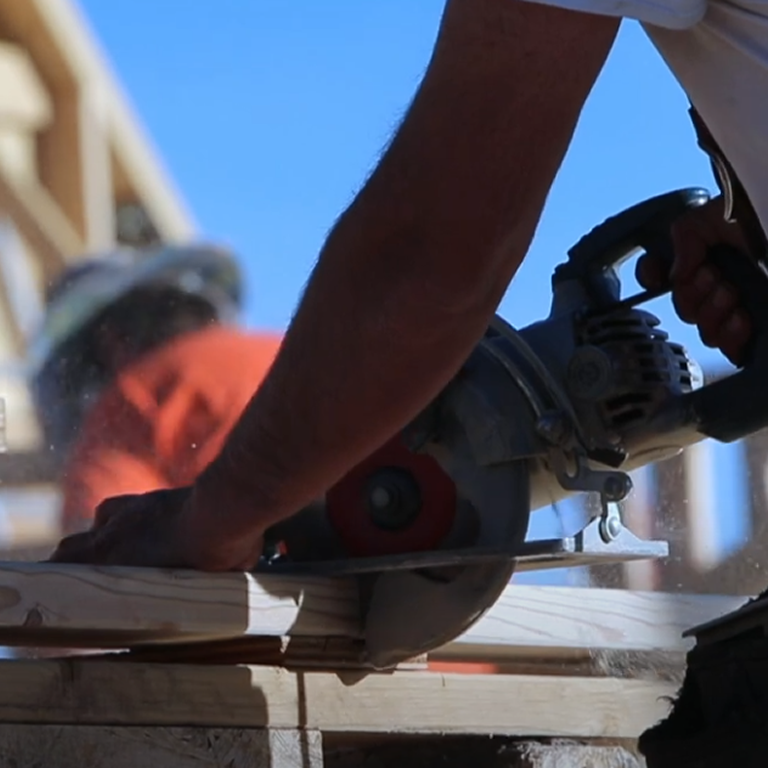
Contractors in Weatherization
Building Electrification Implementation Plan
(CASE STUDY)
Abstract
The Western Colorado University & University of Colorado at Boulder (Partnership Program) teamed up with the Gunnison Valley Home Energy Advancement Team (GV-HEAT) to create a beneficial building electrification implementation plan for income qualified homes in Gunnison County. Emily Artale, Professional Engineer and lecturer for the partnership program, and Gesa Michel, Sustainability Practitioner and GV-HEAT’s coordinator, guided the project. Beneficial electrification is when a space is converted to run solely on electric appliances where the end-user (the homeowner, the grid, and the surrounding environment) will benefit from the conversion. The main goals of this project were to increase the homeowners’ quality of life (i.e., improve indoor air quality, reduce health risks, and increase overall comfort in the home) to reduce their energy burden, identify the environmental impacts, and educate the community on the benefits of building electrification. GV-HEAT hopes to install cold-climate air source heat pumps (ccASHP), following weatherization upgrades completed through the Colorado Affordable Residential Energy (CARE) program. The ccASHP’s that will be offered will either be mini-split or ducted ccASHPs depending on the needs and condition of the home. The process for electrifying these homes, and an outline of the advantages and remedies for disadvantages, is covered in section 8 of the plan. There are many reasons why implementing this plan in Gunnison County is a good idea:
- Implementing the ASHP upgrades into income qualified homes will increase the quality of life for these residents.
- There are a lot of rebates available from the Inflation Reduction Act, and there are rebates from the City of Gunnison and Gunnison County Electric Association (GCEA), which can cover up to half of the capital cost of the ccASHP upgrade.
- Due to Gunnison’s cold climate, this will serve as a great example of how far the technology in ccASHPs has come and how efficient they can be, even in freezing temperatures.
- According to the Crested Butte News, Gunnison Valley produces more emissions than other similar cold counties per square foot of livable space. Using electric appliances instead of combustion appliances will help to further reduce greenhouse gas emissions as our grid is actively becoming cleaner.
GV-HEAT and the partnership program hope to further this plan by continuing education for the community on ccASHPs, finding more contractors to perform ASHP installation work, seeking out funding opportunities to cover the purchase and install costs, and collecting data from fully upgraded homes to quantify the benefits of ccASHPs. Future classes may continue to expand on and develop this plan with the hopes of spreading awareness and improving the lives of homeowners. Eventually this will be a community driven plan informed via community engagement. For further information please reference the full plan.

![]()
Contractors in Weatherization
Learn about the various opportunities working in the field of weatherization. This video explains the different kind of trades that are important to know for doing energy upgrades in homes.
Analysis of Outreach Methods – by Alex Wilson
(CASE STUDY)
Abstract
Alex Wilson, the GV-HEAT Outreach Fellow for May 2023 through April 2024, has taken a dynamic approach toward marketing and conducted a meticulous analysis of his efforts which has propelled the GV-HEAT program to new heights. He chose to pursue this project as a part of his graduate research with the Master of Environmental Management program at Western Colorado University. Alex's strategic initiatives have fostered the program's expansion for yet another year. In collaboration with the GV-HEAT Coordinator, Gesa Michel, Alex has assisted in securing the Energy Assistance Community Outreach grant from Energy Outreach Colorado (EOC) for the second consecutive year, advancing home energy security within the region.
Wondering if you may qualify for one of our home energy efficiency programs? Contact Gesa Michel at info@gvrha.org or (970) 234-5613 to explore opportunities tailored to your needs.
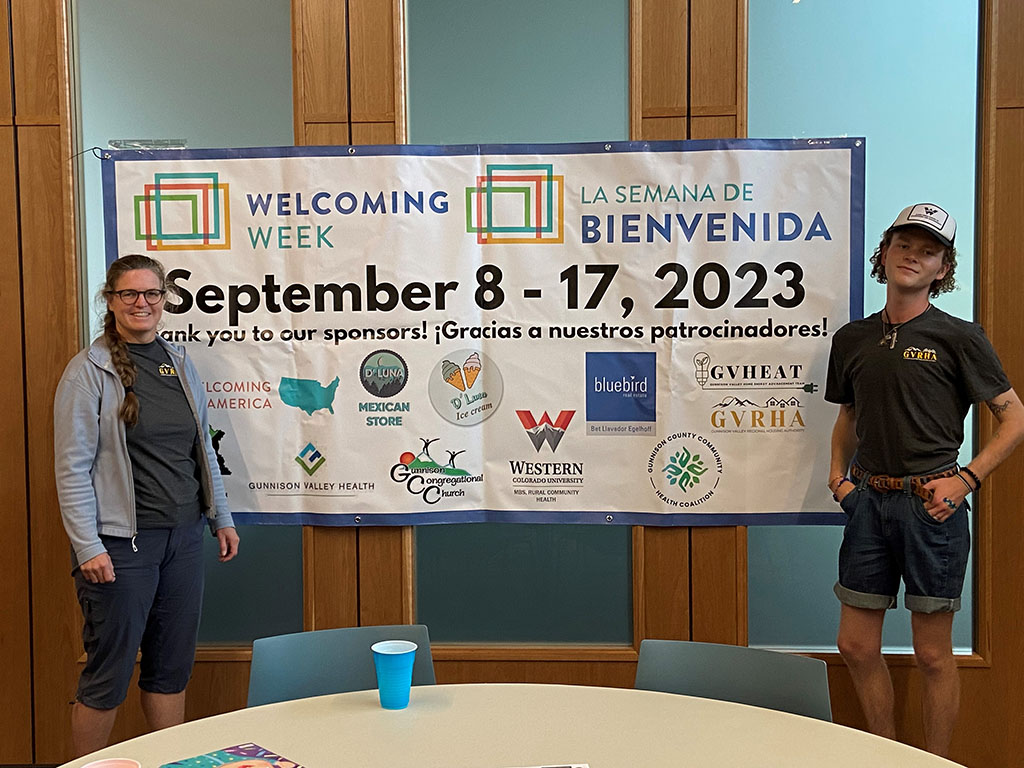
Electrifying Gunnison: A Step-by-Step Implementation Plan to Install Air Source Heat Pumps in 4 Gunnison Valley Homes
(CASE STUDY)
Abstract
The GV-HEAT - Electrifying Gunnison project, a collaboration between Western Colorado University and the University of Colorado Partnership Program and the Gunnison Valley Home Energy Advancement Team (GV-HEAT), aims to enhance energy efficiency and electrification in income-qualified homes in the Gunnison Valley. The project focuses on providing step by step implementation plans installing cold climate air source heat pumps (ccASHP), specifically the BOSCH Climate 5000 model, in these homes. Four out of five selected homes were identified as suitable candidates for ccASHP system installation. The implementation of ccASHP systems is projected to yield energy savings for homeowners, particularly those currently using propane heating. The project leverages local utility and federal rebates and incentives, reducing the total project costs significantly. The project also contributes to reducing greenhouse gas emissions. Future recommendations include the formation of a joint task force by GCEA and GV-HEAT to continue the project, further examination of the health benefits and environmental impact of removing propane heating systems and providing education and workforce development in the area. The project highlights the potential of ccASHP systems in enhancing energy efficiency and reducing greenhouse gas emissions, particularly in cold climates.
Collaboration Between GV-HEAT, GVRHA & WCU/CU Boulder
Testimonials
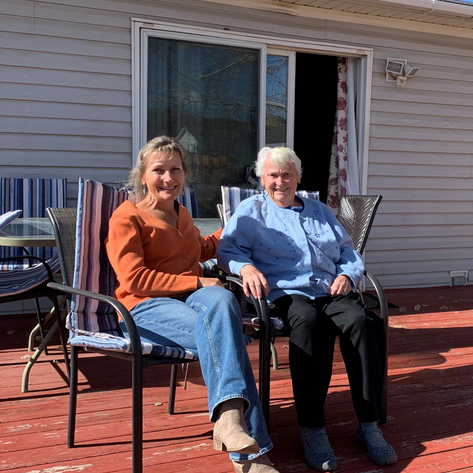
Gerda Goehringer
“GV-HEAT provided the resources such as new carbon monoxide and smoke detectors that made the home more comfortable and safe. The work done to the house was simple and fast.”…
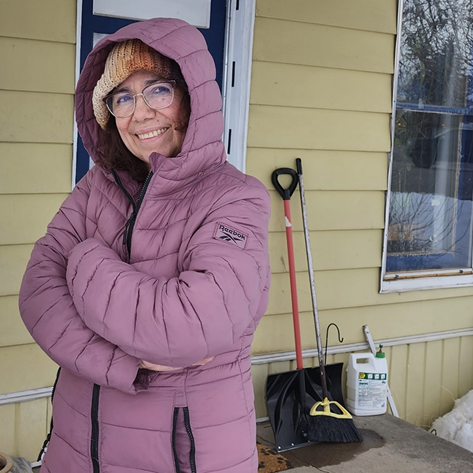
Clarisa Taveras
“We weren’t able to heat all the rooms before the upgrades. We used to use lots of blankets and could see our breaths in the morning. After the work done by GV-HEAT, the house isn’t cold anymore and it feels a lot warmer”
Gerda Goehringer
(CARE PARTICIPANT)
MORE COMFORT & INDEPENDENCE
Gerda has experienced a more comfortable living situation through the work done by GV-HEAT. Her daughter Sonja highlighted that programs like GV-HEAT provides better independence for seniors. Gerda has qualified for similar programs in the past, so it made sense to apply through GV-HEAT to receive a free retrofit. The improvement process took less than a day to complete and was described by Gerda as "simple and fast."
The air leakage of the home has been reduced by 16%. This means that the conditioned interior air leaks 16% less to the outside than before. The goal for CARE homes is to reduce air leakage by 10%, meaning GV- HEAT contractors have exceeded expectations. The GV-HEAT contractors were also able to install 4 carbon monoxide detectors, which helped improve the overall safety of the home. Gerda and Sonja were impressed by the large impact that the GV-HEAT team was able to make with just a few small changes.
IMPROVEMENTS
PROJECT COST $1312.00
- 11 Standard LED's
- 3 LED floods
- 12 LED globes
- 2 small base candle LED's
- 1 low flow sink aerator
- 1 smoke alarm
- 4 carbon monoxide sensors
- Air sealing
- Duct insulation & sealing
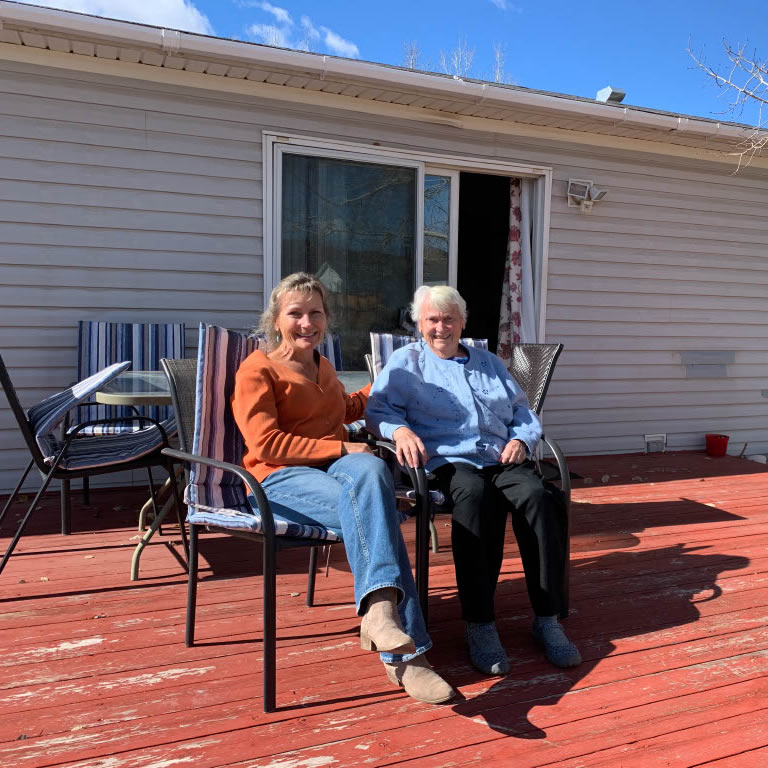
Clarisa Taveras
(CARE PARTICIPANT)
Now a warm & Pleasant Living Space
Clarisa has noticed a big difference after the work was done to the home. Before the energy upgrades, she described her energy bill as being “scary” to see each month. Now the bill is lower, and she is very happy and thankful for the work that was done. When coming home from her job, her home would be very cold. But after the upgrades, she now returns to a home that feels nice and warm. The project cost for this home was sizable. In addition to the CARE funding, homeowner Tricia Fieth contributed $1,000 towards this project, which helped with installing the storm windows.
The air leakage of the home has been reduced by 16%. This means that the conditioned interior air leaks 16% less to the outside than before. The goal for CARE homes is to reduce air leakage by 10%, meaning GV- HEAT contractors have exceeded expectations.
IMPROVEMENTS
PROJECT COST $6809
- 3 Standard LED lightbulbs
- Pipe insulation
- 1 Programmable thermostat
- 1 Smoke alarm
- 2 Carbon monoxide sensors
- Furnace tune and clean
- 1 Refrigerator
- Air sealing to reduce air leakage by 22%
- Rim insulation in basement
- 6 Storm windows
- Wall insulation
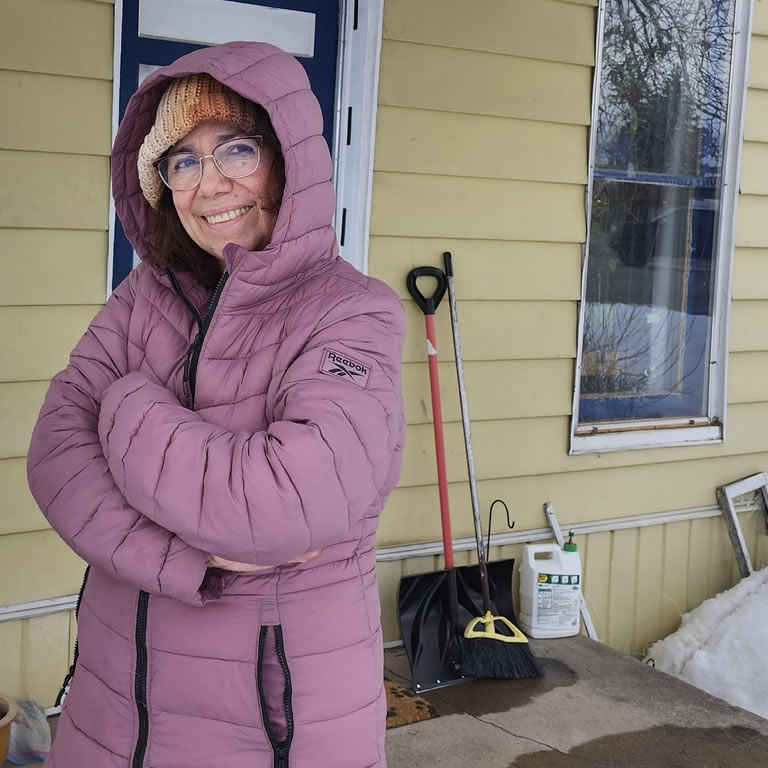
Clarisa Taveras
(PARTICIPANTE DE CARE)
AHORA ES UN ESPACIO HABITABLE CÁLIDO Y AGRADABLE
Clarisa ha notado una gran diferencia después del trabajo realizado en su casa. Antes de las mejoras, ella contó que ver la cuenta de la energía cada mes era “miedosa”. Ahora la cuenta de la energía es más baja y ella está muy feliz y agradecida por el trabajo que panó. Cuando ella regresaba a casa después del trabajo, la casa estaba muy fría. Pero después de las mejoras, ella ahora regresa a una casa que se siente cálida y agradable. El costo del proyecto para esta casa fue considerable. Adicionalmente a los fondos de CARE, la propietaria Trica Fieth contribuyó $1.000 para este proyecto, lo que ayudó a instalar las ventanas contra tormenta.
La fuga de aire de la casa disminuyó en un 22%. Esto significa que la fuga del aire climatizado interno hacia el exterior es de 22% menos que antes. La meta en las casas que CARE, es reducir la fuga de aire en un 10%, significa que los contratistas de GV-HEAT han superado las expectativas.
Mejoras
COSTO DEL PROYECTO $6809
- 3 bombillos LED normales
- Aislamiento de tuberías
- Termostato programable
- Detector de humo
- 2 sensores de monóxido de carbono
- Limpieza y sincronización del calentador
- 1 refrigerador
- Sellado del escape de aire que redujo la fuga en un 22%
- Aislamiento de los bordes en el sótano
- 6 protectores de ventanas contra tormenta
- Aislamiento de paredes




